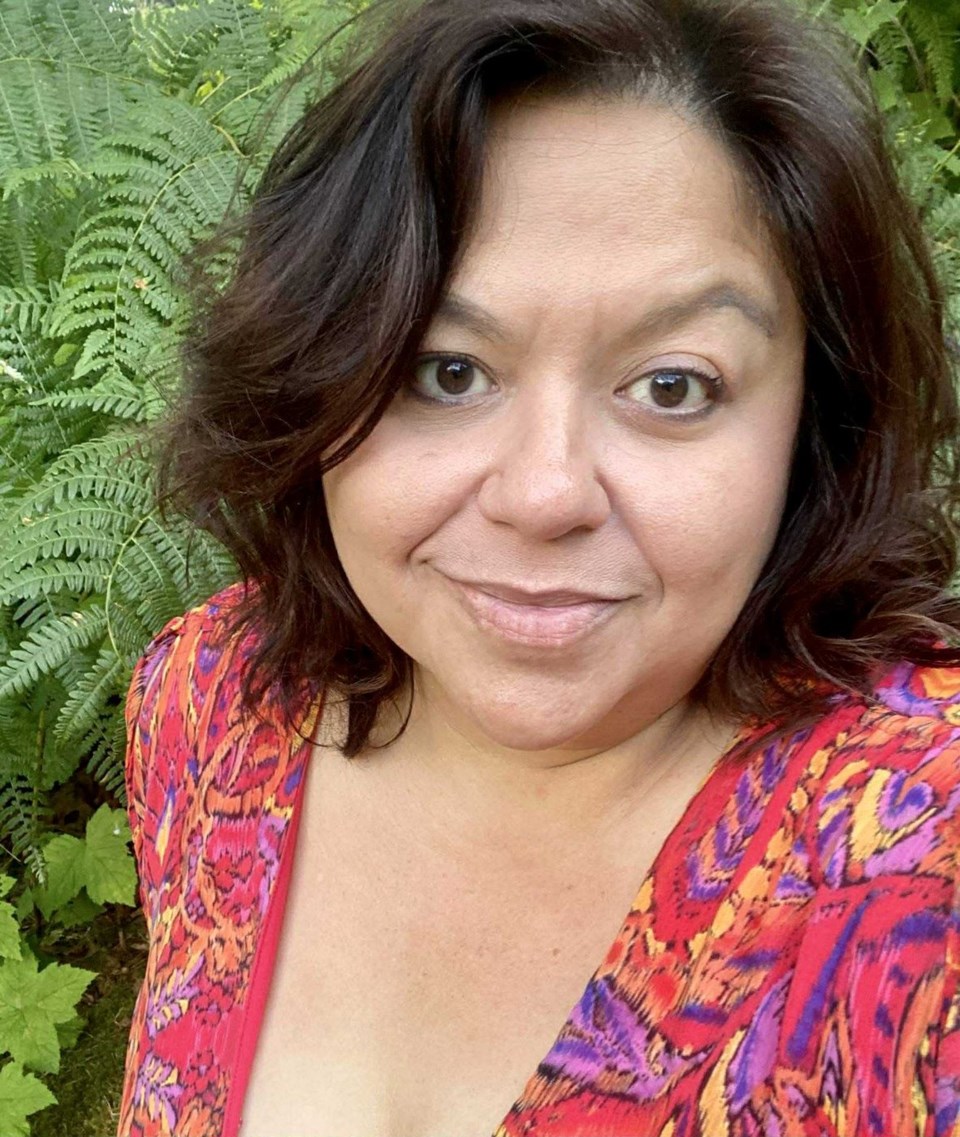An online conspiracy theory recently claimed that a candidate on the ballot in the federal byelection in Alberta's Battle River-Crowfoot riding had died in February. The source for the claim was an obituary for an unrelated woman with the same name. The real candidate told The Canadian Press that Elections Canada verified her identity before putting her name on the ballot.
THE CLAIM
There are more than 200 candidates running in the Aug. 18 Battle River-Crowfoot byelection, including Conservative Leader Pierre Poilievre.
But according to some internet conspiracy theorists, one of them is dead.
A TikTok video posted last Saturday claimed candidate Elsie Kipp appears on the ballot despite having died in February. Its source was the online obituary of a Canadian woman with the same name.
The claim prompted other social media users on platforms including X to question Elections Canada's process for vetting candidates.
RATING: False
The Canadian Press spoke to the actual candidate, who said she is "very much alive."
In a phone interview this week, Kipp said she is running in the byelection as part of the Longest Ballot Committee's plan to stack the ballot with a large number of candidates — its bid to draw public attention to the issue of electoral reform.
Conservative Damien Kurek won the sprawling eastern Alberta riding with more than 82 per cent of the vote in the April general election. He resigned to allow Poilievre, who lost his seat in the Ottawa riding of Carleton, the chance to return to the House of Commons in the fall.
Kipp said she had to show her ID and take a candidate's oath on camera. Before that, she had to provide copies of her identification and other personal information.
"I did a full package to make sure that I was legally allowed on the ballot," Kipp said.
Elections Canada said in an emailed statement that all candidates on the ballot "have met the requirements under the Canada Elections Act, which includes providing the returning officer with appropriate ID."
While the Longest Ballot Committee candidates aren't running typical campaigns, they need to meet the same requirements as anyone else.
Candidates must file a nomination paper, which notes they must provide proof of their identity to the returning officer.
"You can submit identification documents directly, or copies may be provided by the person filing the nomination paper, as long as the copies are signed by you," the nomination form reads.
Required ID includes any card issued by a government agency with a name and photo, such as a driver's licence or Canadian passport.
Candidates need to sign a legal oath, referred to as a "solemn declaration," in front of the returning officer. This can be done over video conference, as in Kipp's case, and the candidate must show their identification.
Kipp, who lives outside Hope, B.C., said she decided to run in the Alberta byelection because "it's strange that people can run in a riding that they don't live in."
"The reason I put my name forward was so people would say, 'Why would you do that? You don't live there?' and I would say 'Yes, that's interesting,'" Kipp said.
In a followup message, Kipp said she wanted to highlight the "arrogance" of a candidate running in a community they don't live in and said she doesn't want anyone to vote for her.
She also expressed her condolences and concern for the late Elsie Kipp.
"Though my only connection to the other Elsie Kipp is our shared names, I am deeply sorry that her image and obituary details are being used to spread misinformation …. It’s unfortunate that conspiracy theories can take off so easily — especially when people are being intentionally misled using something as sensitive as someone’s passing," she said.
This report by The Canadian Press was first published July 31, 2025.
Marissa Birnie, The Canadian Press



